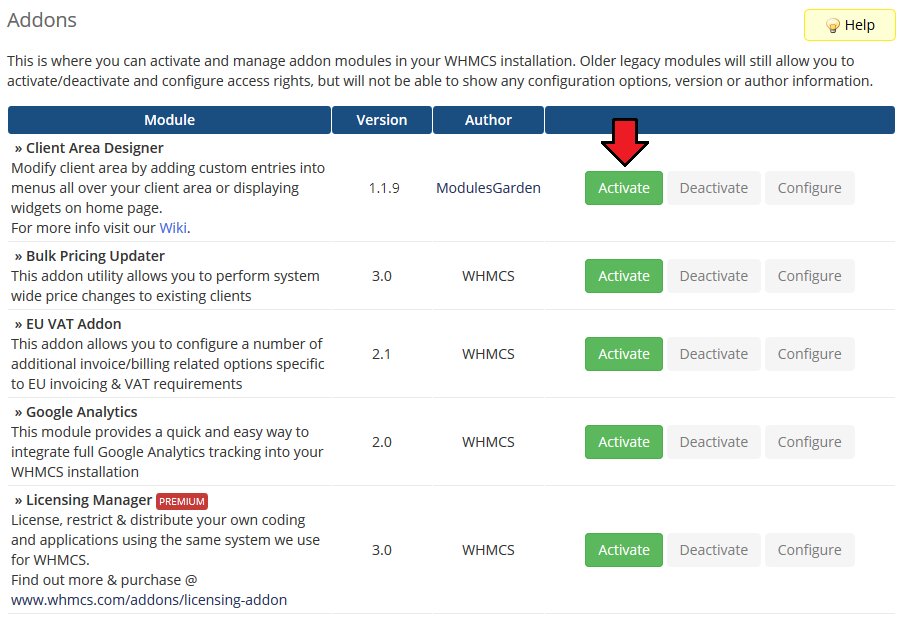

Once again, those are shortcuts to the most important cPanel features. Those are just shortcuts that you can use later once you get familiar with cPanel.īelow that menu, you see another menu that says cPanel (the current screen you’re on), Server, Email, Website, FTP, Databases, and Manage IP’s. Directly below the “log out” link, you’ll see your website address along with the type of hosting that’s associated with your domain name.īelow that section you’ll see a menu that says Home, Hosting, Domains, Addons, and Account. Always make sure to log out when you’re finish using cPanel. Starting at the top right of the screen, you have a basic “log out” button. At first glance, this screen may looks confusing but it’s not. Your web host might also offer different features which I’ll discuss later. It doesn’t matter if you’re hosting with Bluehost, InMotion, or Hostgator your cPanel interface will have the same commonly used features.ĬPanel offers different themes, so your cPanel screen might look different. Keep in mind that cPanel is a 3rd party software that most web hosts install to make website management easier. Here’s a link to log into a demo cPanel account for Bluehost: Online DemoĬlick the link on the page that says “online demo site.” See Figure 1.Įven though I’m going to use Bluehost in the follwing examples your cPanel will you look very similar to the Bluehost Online Demo. If you don’t have a web hosting account yet, you can log into an online demo account and still follow along with me.

The next step is to sign onto cPanel using your username and password. If you still can’t find the email with your account information, then contact your web hosts over the phone. If you never received the email, then make sure to check your spam folder. Make sure that you save that email into a special folder or print the email out and save it. After you purchase a web hosting account your web host will send you an email with your username and password for cPanel.


 0 kommentar(er)
0 kommentar(er)
